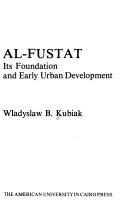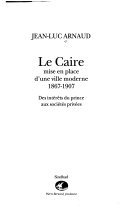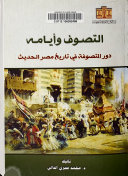Living With
In Ashwaiyyat In Egypt

نبذة عن الكتاب
The rapid urbanisation and the socioeconomic transformation that Egypt has faced during the last six decades has led to a dramatic alteration of the urban morphology of the Egyptian cities where housing informality, or ashwaiyyat have become the dominant feature of Egyptian landscape. Illogical urban planning, arbitrary housing policies, successive regimes, and high levels of urban poverty have led to the vast majority of fast expanding urban areas have developed informally, revealing an emerging urbanism, known as ashwaiyyat, or indiscriminate forms of urbanity. As a result, diversity, differences, and social exclusion in urban setting have emerged. This has led to the further subdivision of the Egyptian cities into multi cities. A growing divergence between the old, the haphazard, and the new parts of the urban agglomeration became noticeable. Based on a case study of El Matarya area in Cairo, this article explores two folds; one is to scan the emerging space of housing informality, or ashwaiyyat, as the domain of the urban poor, by which has been informally locked it into (in)visible urban enclaves within the built environment. Another highlights everyday struggles of the urban poor in their own cities and other cities to understand how they create a cultural struggle as a new innovation of urbanity and how they perceive urban life. It concludes that the passage from a state-driven policy to a society-driven urban development policy has become vital and represents an inescapable reversal to control the emerging urbanism



















